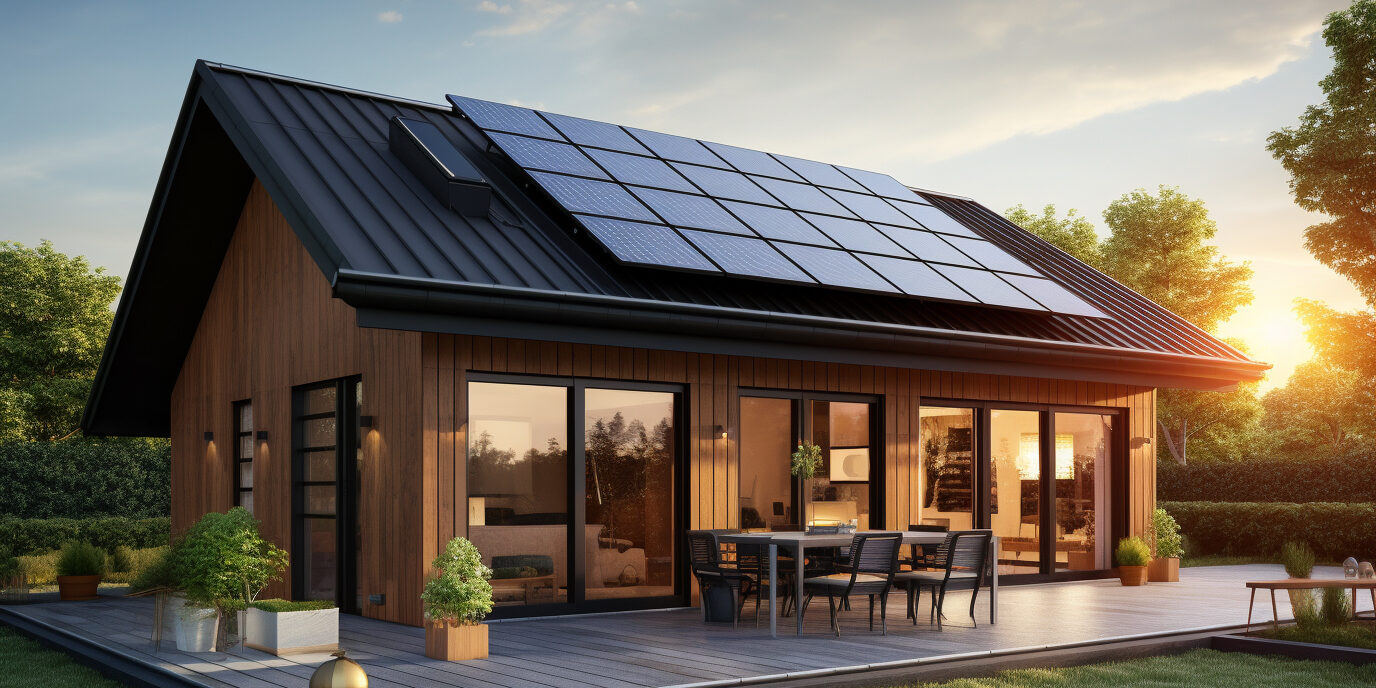
The 2018 November midterm election is Tuesday, November 6th and is crucial as we vote for congressional leaders that that can either strengthen or weaken national environmental laws. As voters, we should be aware that our votes have far-reaching consequences. Though not well reported by mainstream media, the current federal leadership has been actively rolling back multiple environmental policies within the United States established by prior administrations over the last 2 years. The Trump administration has been responsible for changes through the following acts, including, but not exclusive to:
- EPA: Cutting major departmental funding to the US Environmental Protection Agency (EPA) by 31% (a roughly $2.5 Billion decrease), resulting in the loss of about 50 government-issue programs and 3,200 jobs that protect our air, water and endangered species;
- Energy: Trump removed the United States from an International Climate Agreement that had taken decades to develop, leaving the U.S. as the only major nation not to participate in agreed upon greenhouse gas reductions; and also removed the Clean Power Plan which would have lowered the carbon dioxide emitted by electric power generators. This administration is emphasizing more resilience on coal, which is a high soot and carbon emitting fuel, rather than investing in cleaner renewable methods of energy sources, despite documented economic growth in the clean energy sector;
- Water: enacted an executive order to allow the Administrator of the EPA to revise or rescind the Clean Water Rule, a section of the Clean Water Act offering protections for streams and wetlands;
- Climate Change: Refusal of recognizing the Intergovernmental Panel on Climate Change (IPCC), the world’s leading scientific body on the subject, and other authoritative scientific research in energy policy creation. Instead The administration relies on a partisan non-for-profit organization, the Institute for Energy Research, as their informational basis. Trump’s first pick for EPA Administrator Scott Pruitt, who has since resigned due to an ethics related controversy, had a history of supporting pro-fossil-fuel interests;
- Parks & National Monument Lands: Reduction in protected acreage, and opening up public lands and bodies of water (including breaching Native reservations) to access coal and oil reserves;
- Vehicle Fuel standards: rolling back the Obama administration’s fuel efficiency and emissions standards for passenger and light duty vehicles which would have increased the average fuel economy of manufacturers’ fleets to 50MPG by 2025.
- Lead paint: though experts agree lead regulations need to be made stricter, Pruitt asked for a waiver to delay revising current regulations for 6 more years;
- Pesticides: Pruitt denied a petition to ban Dow’s chlorpyrifos pesticide, though research has shown that even small amounts of chlorpyrifos can disrupt the development of fetuses and infants;
- Endangered Species: Cut funding to States for protections of endangered species;
- Plastics: However, on one good note, in October, Trump signed Save Our Seas Act targeting plastic marine waste. More of this would be welcome;
Voters should hold our elected officials accountable for policies that pose a threat to human health and the sustainability of our water, air, land, and wildlife. We have the power to choose nominees that help create positive dialogues in Congress towards a cleaner environment. Please share this information and be sure to vote at your designated polling place on November 6, 2018. (Green Inside and Out is a non-partisan organization.)







